As far as I understand in an PNP transistor the base voltage Vb is higher potential than the collector voltage. So since Vb>Vc the base collector junction is then reverse biased:
But in Ebers-Moll model one of the diode current is Icd as shown below:
And this Icd is formulated as follows:
Icd = Ics * (exp(Vcb/Vt) - 1)
But isn't such a formula for a diode valid only for forward biased diode?

